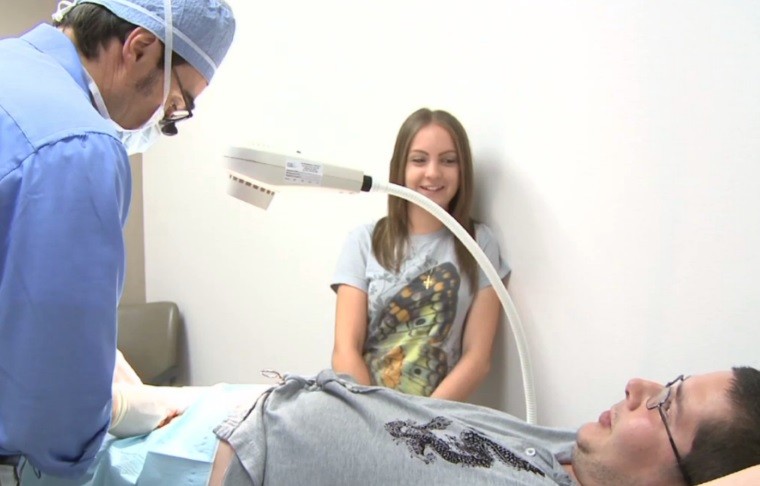

Many companies utilize a statistical method for tolerance analysis. If the analysis involves part dimensions that are not parallel to the assembly measurement being studied, the stack-up approach must be modified since 2D variation such as angles, or any variation that is not parallel with the 1D direction, does not affect the assembly measurement with a 1-to-1 ratio. Worst case analysis is most often done in a single direction, i.e. Low being defined as three or four parts. It is also useful and appropriate for problems that involve a low number of parts. Worst case analysis is appropriate for certain requirements where failure would represent catastrophe for a company. This simple comparison is also referred to as worst case analysis. The idea of tolerances “stacking up” would refer to adding tolerances to find total part tolerance, then comparing that to the available gap or performance limits in order to see if the design will work properly.

Tolerance stack-up calculations represent the cumulative effect of part tolerance with respect to an assembly requirement. Other performance requirements could include optical alignments or motor efficiency.

Mechanical fit is simply answering the question, “Do the parts that make up the assembly always go together?” Mechanical performance requirements would include the performance of mechanisms, like switches, latches, actuators, and the like. Tolerance Stack-Ups are vital to address mechanical fit and mechanical performance requirements. This process for mechanical requirements is generalized in the flow diagram below. Product manufacturers utilize an organized flow of information to translate customer requirements into product requirements. What is Tolerance Stack-Up? Why is It Important?


 0 kommentar(er)
0 kommentar(er)
